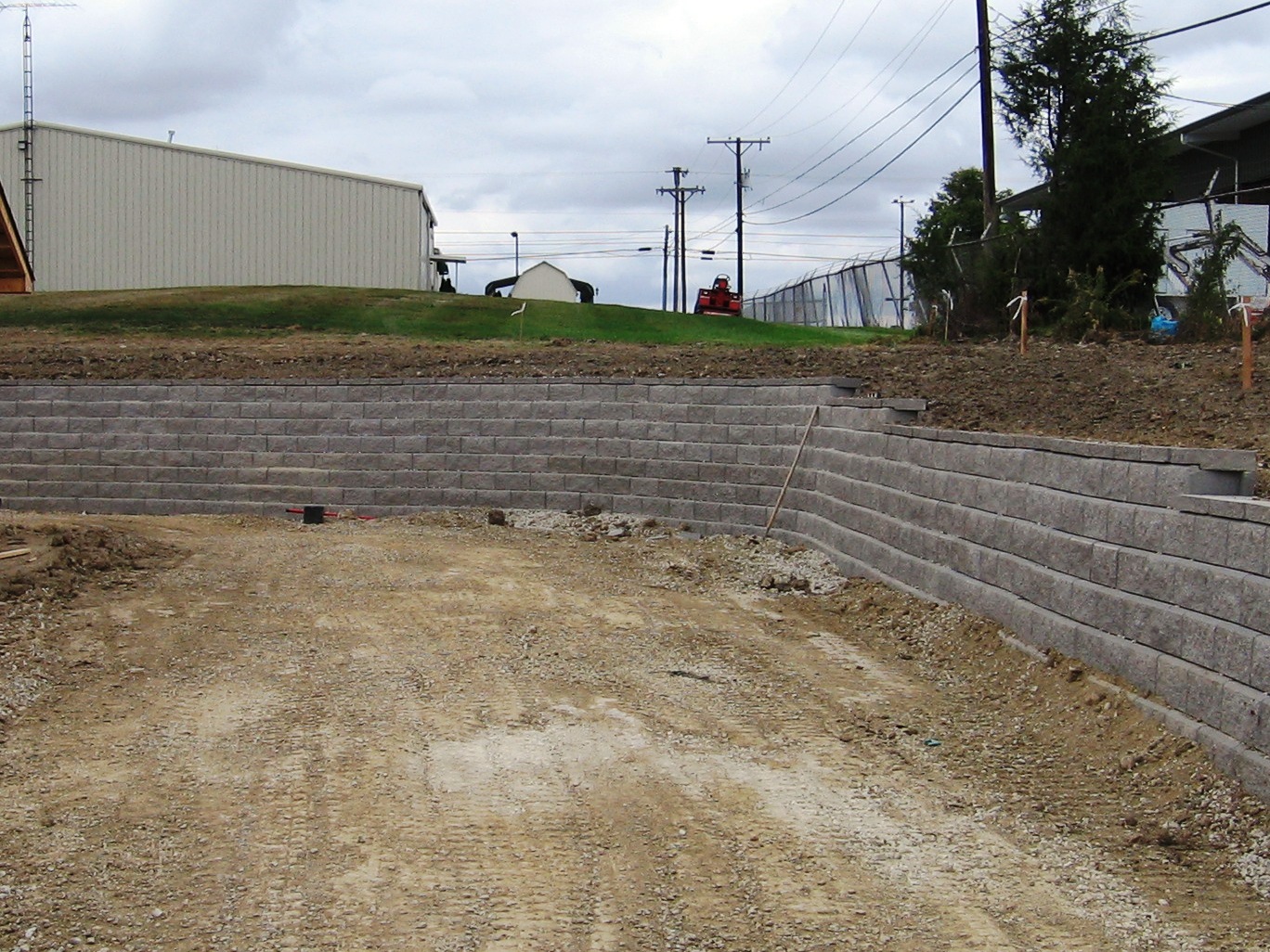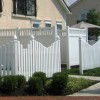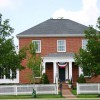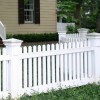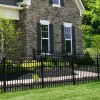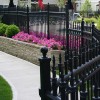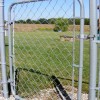How to Install a Pool Fence
Pool fences come in a variety of material types, styles, and colors to suit the taste of virtually every pool owner, and installation can be accomplished with a few basic skills. Installing the fence is usually the last step of the in-ground pool installation process, but without a doubt it is one of the most important as far as safety goes. The average pool enclosure is about 150 to 180 linear feet, and the cost of an installed pool fence ranges from $35 to $45 per foot, making a do-it-yourself installation very attractive. Today, the most popular DIY pool fence material choice is ornamental aluminum, and it's no coincidence that it is also the fastest growing segment of the retail fence market. Aluminum pool fence sections come either disassembled or fully assembled and ready to install. Aside from the frustration of putting together 20 or more sections, there's the very real potential of scratching the powder coat finish, so most DIY installers elect to have the pool fence sections delivered fully assembled.



